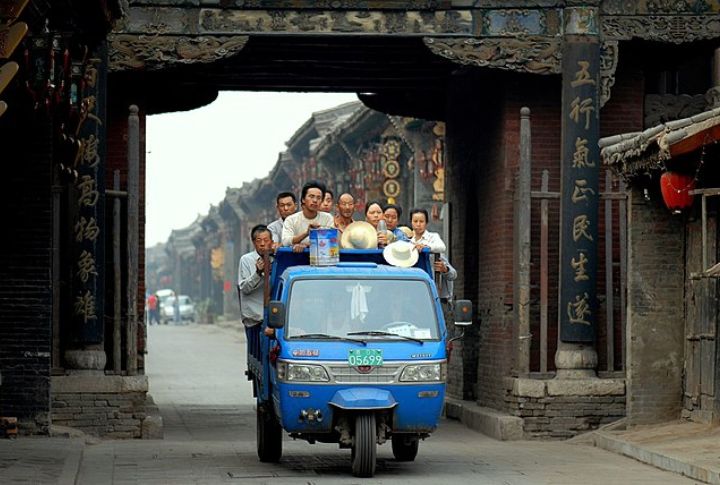
China’s anti-poverty campaign reshaped lives on a scale the world rarely sees. Beyond bold policies, everyday innovation and relentless grassroots action powered one of the most ambitious turnarounds in modern history. Keep reading—you’ll see just how strategic this transformation really was.
Targeted Aid For Every Village
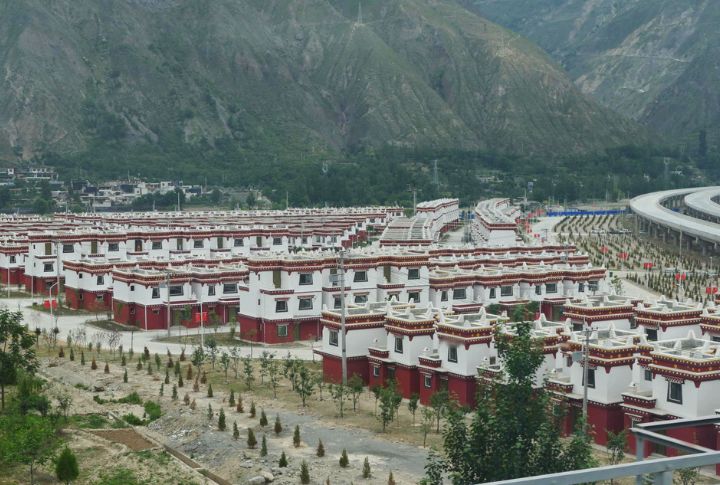
In one of the world’s most determined aid operations, China mapped out 128,000 struggling villages and tracked 89.6 million lives using a real-time database, as reported by China’s Voice magazine. With color-coded maps, solar-powered homes, and live tracking apps, relief reached corners that once felt invisible.
Relocation Of Millions To Better Living Conditions

Across mountains and deserts, 9.6 million people left hardship behind as China built 2.66 million new homes, as per the State Council Information Office. Backed by a 600 billion yuan (approx. $83 billion USD) investment, families once living in caves now walk to school and visit clinics—all from the comfort of modern neighborhoods.
Massive Investment In Rural Infrastructure
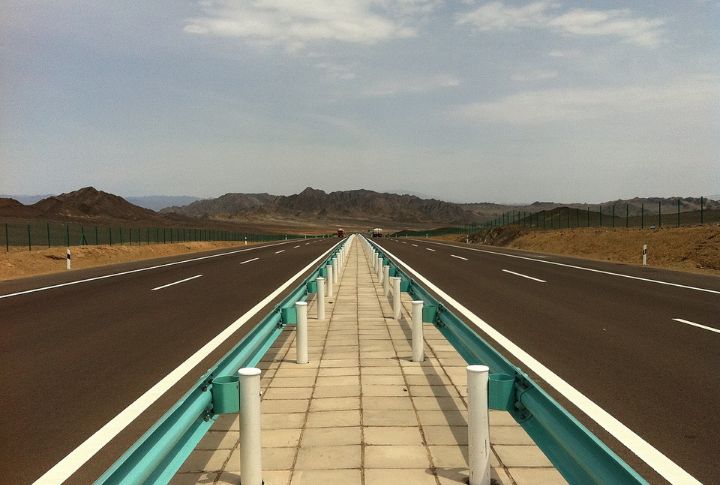
China Daily reported that between 2012 and 2019, China overhauled its rural mobility by constructing or upgrading more than 684,000 miles of roads in underdeveloped areas. By the end of that push, 1.29 million miles of roads reached even remote regions, finally opening 51,000 previously cut-off villages to school buses, emergency aid, and mail routes.
Cattle And Cow Subsidies For Livelihood Boosts
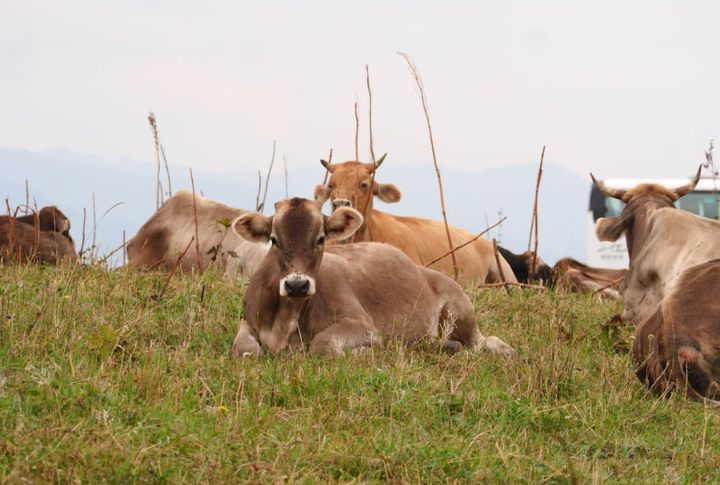
In Guangxi, 25,000 households saw their fortunes shift when 50,000 calves were distributed under a bold “cattle for cattle” plan. In places like Anning, livestock loans allowed farmers to build income streams, while cow dung fueled homes. They even affectionately named the cows as they became symbols of new beginnings.
Universal Basic Healthcare In Poor Regions

As documented by The Lancet and Springer, China expanded health insurance from under 30% to 98% coverage by 2010 following major reforms. Integration of rural and urban systems in 2016 brought further access. Today, according to Frontiers and Reuters, most counties handle 90% of common illnesses locally and use medical robots and river clinics in hard-to-reach areas.
Education Access Guarantees For All Children
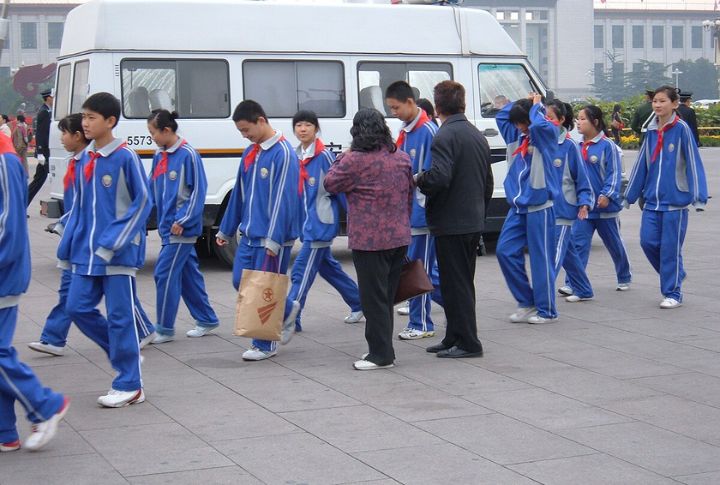
Since the 1980s, China has enforced nine years of compulsory schooling and continues to spend over 4% of its GDP on education, according to a Brookings report. In 2024, ¥158.2 billion (approx. $21.9 billion USD) was directed toward rural schools. Students now receive boarding subsidies and learn via satellite classrooms with free meals and winter uniforms.
Village Cadres Became The Backbone Of Rural Upliftment
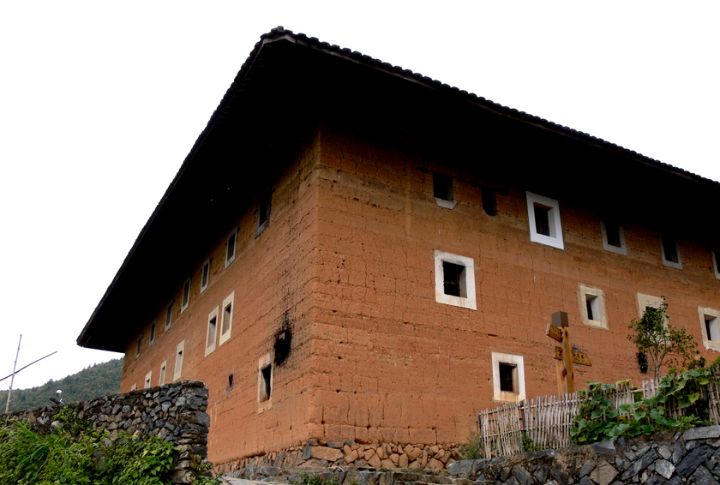
China Story highlighted that more than 3 million village-level cadres were stationed in impoverished communities to provide direct aid and oversight, beginning in 2013. Each one worked with multiple households. Some lived in mud huts, shared local meals, and gained viral recognition for their deep-rooted commitment to the people they served.
Agriculture Cooperatives And Collective Farming
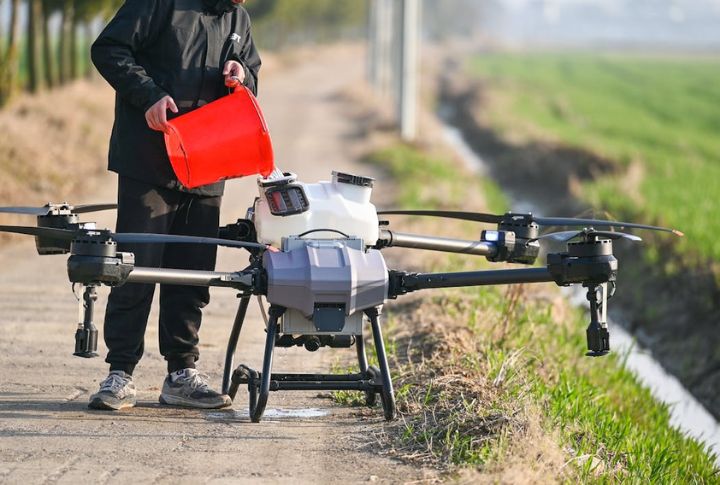
China Daily and CGTN reported that China created over 23,000 agricultural and forestry co-ops to combat rural poverty, and these co-ops employed 1.1 million forest wardens. From drone seeding to mechanized milking, innovation thrived alongside weekly talent shows that celebrated community skills and reinforced solidarity.
Rural Tourism And Cultural Heritage Revival
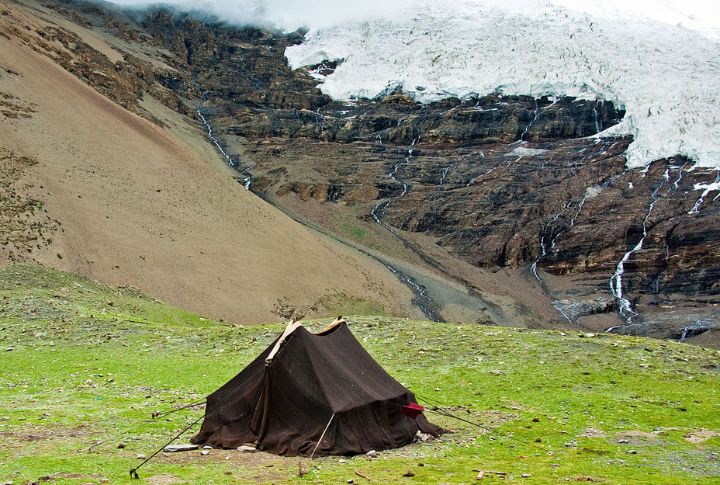
According to CGTN, rural tourism generated ¥860 billion (around $125 billion USD) and created 300,000 jobs in just the first half of 2019. In villages like Shibei, incomes more than doubled. Today, visitors can enjoy Wi-Fi in yak-hair tents and engage in heritage-rich activities like dumpling making and embroidery workshops.
Women‑Led Cooperatives And Small Businesses
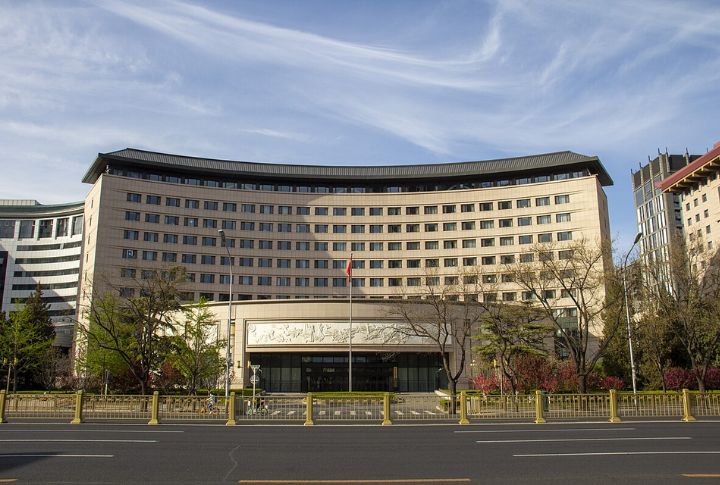
Over 5 million women rose from poverty through hands-on training in crafts, farming, and digital enterprise, as reported by People’s Daily. The UN Mission to China reported that women made up nearly half of the 99 million rural poor who escaped poverty in China. Many now lead thriving cooperatives and outperform men in livestock ventures.
